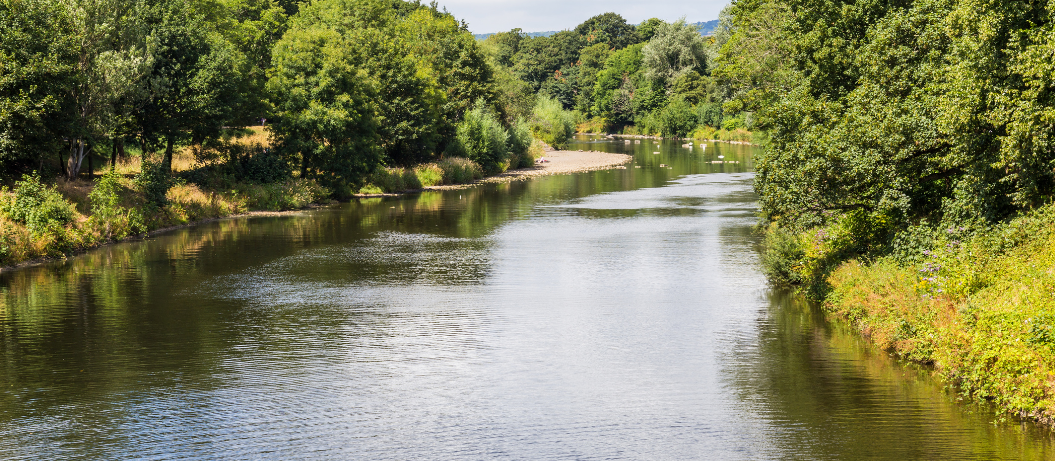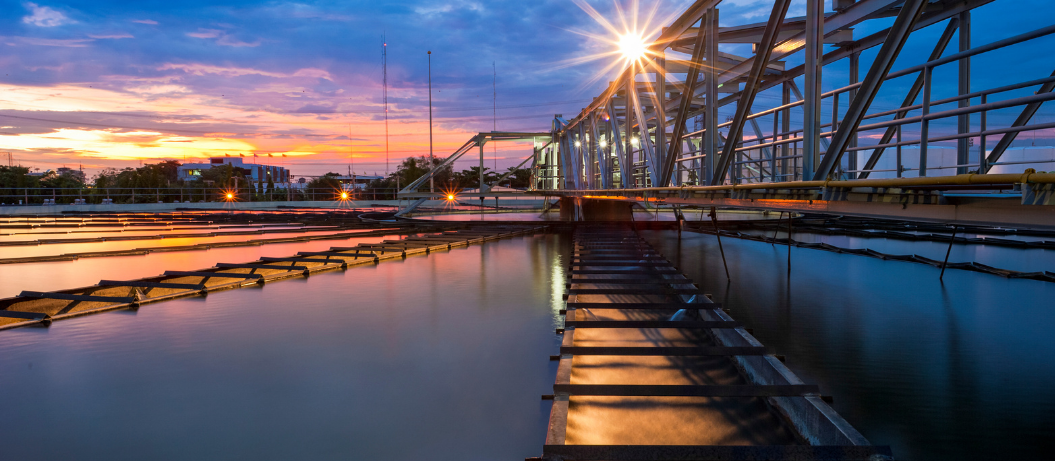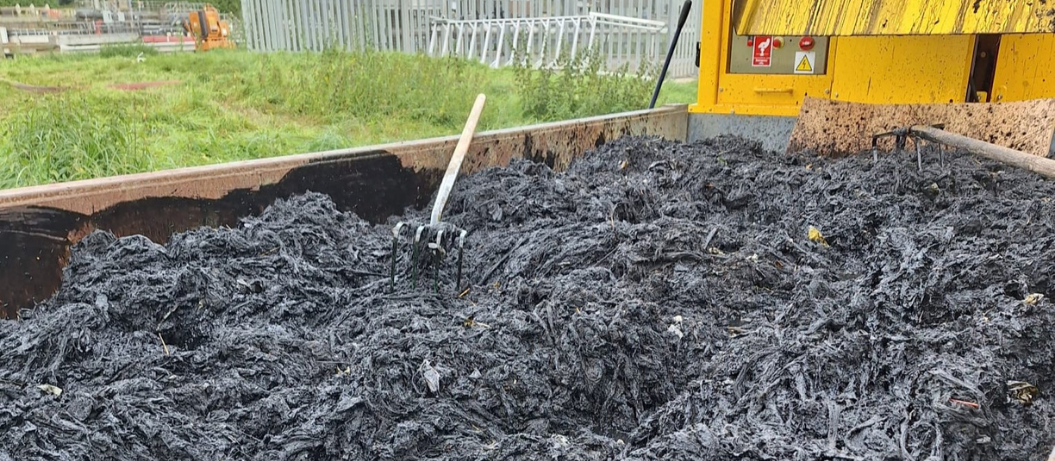The Environment Act 2021 introduced significant changes to how water quality is managed and monitored in England and Wales, placing greater responsibilities on virtually every company and organisation, not least water utilities and waste processing companies. The Act aims to drive improvements in ecological protection from human activity, by mandating enhanced reporting, monitoring, and treatment compliance measures from businesses. It also established long-term goals to limit pollution and protect natural water sources from a wider range of potential pollutants.
For the Water Treatment business, these changes represent both a challenge and an opportunity. This article explores the Act’s provisions in relation to sewage undertakers and industrial effluent handlers; its impact on wastewater quality standards, the challenges of implementation, and how innovative solutions from Atlantic Pumps can support compliance.
Where the Act touches on legislative matters that have been dissolved, the Act’s provisions don’t apply, although the challenges and solutions discussed here are likely to assist companies in Scotland and Northern Ireland also.
Provisions of the 2021 Environment Act
The UK Environment Act 2021 introduced several new requirements that are set to dramatically improve water ecology by reshaping discharge quality management over the coming years, for example:
1. Continuous monitoring of rivers
Water companies are now required to continuously monitor water quality in rivers, both upstream and downstream of discharge point. This ensures a fuller understanding of any pollutants entering and leaving water systems and should help pinpoint their source. This is important, as although fingers are quick to point to the nearest sewage treatment plant, pollutants can come from a wide variety of sources, making upstream monitoring as important as knowledge of downstream measurements.
2. Reporting storm overflows
Section 81 of the Act specifically addresses storm overflow discharges. Water companies must report the location and duration of all overflow events, rather than simply the frequency. This aims to provide greater transparency to enable quicker preventative action against environmental harm. The collection and handling of more data is a challenge, but it will reap benefits in fast and effective decision-making at a tactical and strategic level.
3. Enforcement Powers
Enforcement has also been strengthened. The Environment Agency is now empowered to take stricter action against unlawful storm overflow discharges and breaches of permits, increasing compliance with the stricter regulations introduced by the Act. These provisions create a foundation for improved water quality management, but come with various additional technical and logistical demands, leaving water utility companies with a tighter margin between what they are allowed to charge and their higher costs
4. Enhanced monitoring requirements
Under the new regulations, water companies must monitor various critical environmental parameters to assess river health. These include:
- Dissolved oxygen
- pH levels
- Water temperature
- Turbidity
- Ammonia concentrations
Future developments may see the addition of specific nutrients, microplastics, and other pollutants to this monitoring list, although the technology to measure these in real time is not yet widely available. Tests for many of these pollutants involve lab testing samples, which can take up to 2 weeks to see results and render the data of little practical use.
This comprehensive data collection offers water companies actionable insights to identify areas where infrastructure upgrades or interventions are necessary.
Infrastructure upgrades supported by data
Equipped with real-time insights from enhanced water quality monitoring, water companies can make better-informed decisions on upgrades. For example, investing in blue-green solutions, such as constructed wetlands or woodland planting, can mitigate pollution and improve biodiversity in local areas.
However, most nature-based solutions require more land area and additional (often variable) retention time, compared with conventional treatments.
Whichever route is chosen, additional wastewater storage infrastructure is urgently needed to improve treatment effectiveness and capacity for the foreseeable future.
A proactive approach to the Environment Act 2021 enables water utility engineers to better understand the issues at stake and maximise the positive impact of their innovations and decisions.
Implementation and compliance challenges
While the goals of the Act are ambitious, the path to compliance is not without its challenges. Engineers will need to address significant obstacles, including:
Challenge one: Monitoring installations
The Act requires the installation of up to 35,000 water quality monitors across England by 2035. Installing such a vast network is a logistical challenge for water companies, compounded by the need to:
- Access third-party land to place monitoring equipment.
- Navigate planning permissions and environmental restrictions.
- Ensure connectivity, authorised access, and security of the sensor network.
- Store, process, and interrogate large datasets.
Challenge two: Cost implications
The installation, maintenance, and integration of advanced monitoring systems represent a substantial financial burden. Water companies must balance investments in technology with other operational demands, all while maintaining affordability for customers.
Challenge three: Resource management
Implementing the Act also increases demand for skilled engineers to maintain the new monitoring systems and manage the data collected. This calls for significant investment in training and recruitment to support compliance efforts. Despite these challenges, the long-term benefits of improved water quality should justify the efforts and investments.
What about future goals?
The Environment Act 2021 sets clear, measurable targets for water quality improvements by 2035. These include:
- Improving overflows near bathing waters: Water companies must upgrade systems to ensure all overflows discharging into or near designated bathing waters meet stricter quality standards.
- Targeting high-priority locations: The Act mandates improvements to 75% of overflows that discharge to sites identified as high-priority, such as wildlife habitats or Areas of Outstanding Natural Beauty.
- Adopting advanced monitoring technologies: The adoption of smart technologies is central to achieving compliance. For example, water quality sondes paired with telemetry systems can provide real-time data, while cloud-based platforms allow for comprehensive analysis and reporting.
These advancements are aimed not only at limiting water pollution but also promoting resource-efficient management of England’s rivers, estuaries, and coastal areas. Balancing value for money, customer expectations, and high ecological standards is no easy task.
How Atlantic Pumps products support compliance and efficiency
Innovative solutions from Atlantic Pumps are designed to help water companies meet the requirements set by the Act, offering advanced technologies that drive both compliance and efficiency.
Senteos Live Data Platform
The Senteos platform gives you an online visualisation and data logging system, essential for compliance under the Act. It supports:
- Real-time data integration for monitoring parameters like pH, turbidity, and temperature.
- Automated controls to stop, start, or divert flows in line with live monitoring data.
- Comprehensive record-keeping for due diligence and regulatory reporting.
Its ability to integrate with pumps and valves enables automated compliance management across multiple systems.
EnviroHub Monitoring Solutions
EnviroHub’s monitoring unit is optimised for accurately measuring key water quality parameters, including:
- pH
- Temperature
- Turbidity
- Flow rate and duration
Continuous data logging ensures changes over time can be reviewed and acted upon, and each EnviroHub Control Module can receive up to 15 sensor inputs or outputs. This makes it easy to adapt to meet future monitoring parameter needs and to interconnect with other systems such as intelligent pumping or treatment units.
Additional parameters are under development, ensuring that EnviroHub adapts to future monitoring requirements introduced by the Act.
Portable water treatment units to support infrastructure upgrades
A major obstacle to developments that would sustainably reduce costs, improve outcomes and grow capacity is the need to keep treatment plants going during infrastructure upgrades. This is where EnviroHub’s lamella settlement tanks come into play, especially when they are paired with the coagulant dosing units. Available in a variety of capacities, they take up a fraction of their effective settlement area – making them ideal for rapid deployment and repositioning between locations.
Next steps
The Environment Protection Act 2021 is a critical step towards securing cleaner and healthier water systems in England. Successful compliance requires a multi-sector, multi-organisational effort and development of new solutions.
For more information on how Atlantic Pumps can support your water quality management goals over AMP8 and beyond, see our Water and Wastewater overview or check out our Training Academy’s Lunch & Learn opportunities.
We also take a sustainable approach to our work and are committed to reducing energy waste from pumps. Our expert knowledge allows us to reduce energy usage by 20% on the average site!
Call us today on 0808 196 5108 for more information.
 November 5 2025
November 5 2025 6 min read
6 min read


